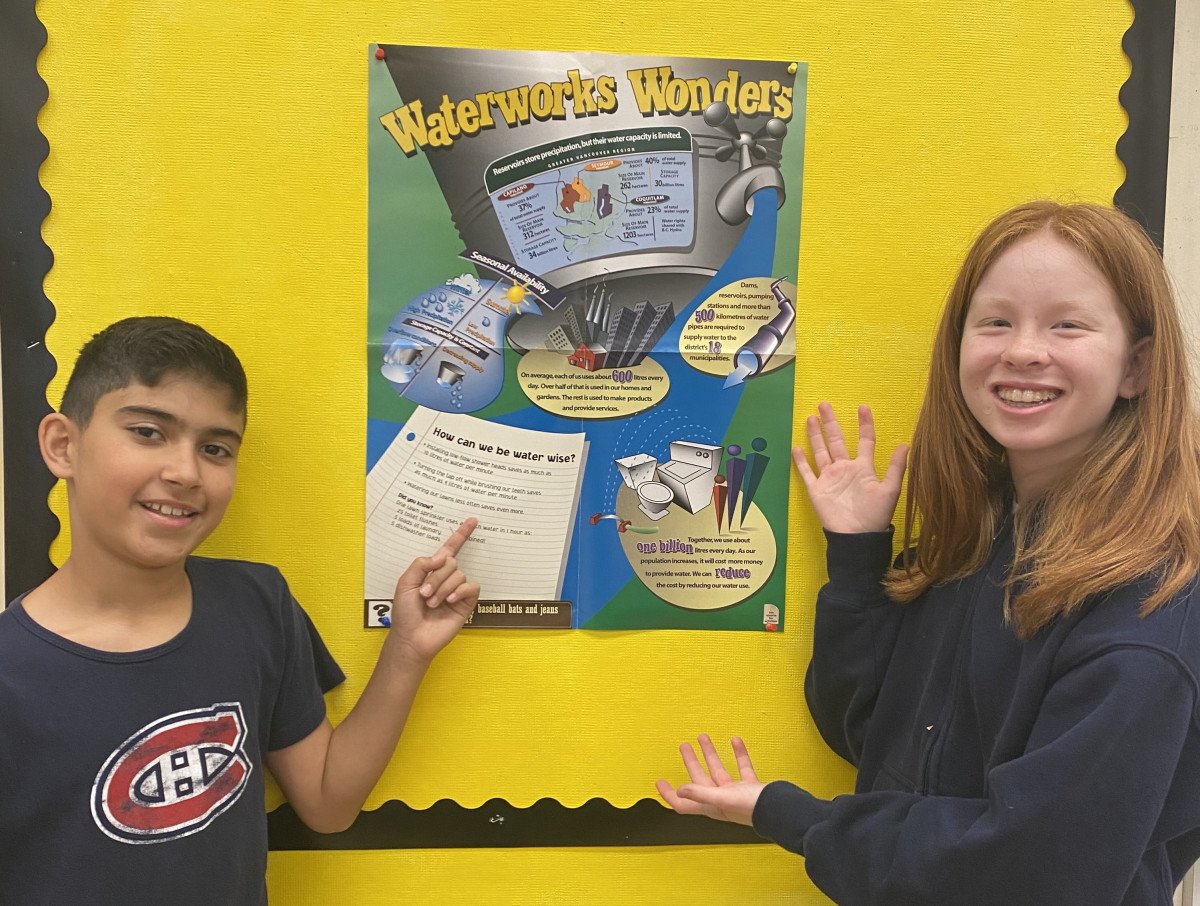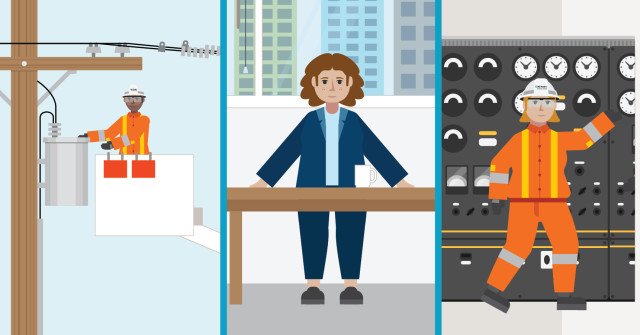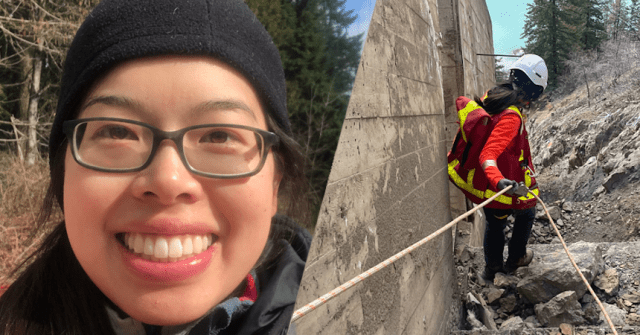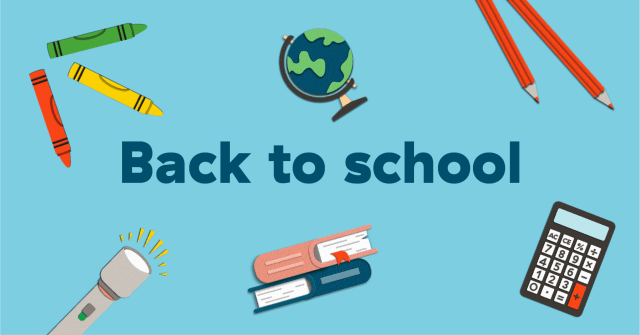In the spotlight, water conservation sticks with students
Snow melt in B.C. began earlier than usual this spring, and there wasn’t a lot of snow to begin with. As of mid-April, snowpack in our mountains averaged 64% of the historical median.
Bad news, for sure, but Maria Power sees it as another opportunity to inspire kids around Earth Day and water conservation.
“I would say the number one way to get students engaged is to make sure there's some pertinence,” says the teacher at North Vancouver’s L’École Cleveland Elementary. “I thought this would be a good time to start people thinking about their water use even before restrictions come into place.”
It all started with a discussion, then a challenge. She asked her students to dive deep to come up with ways they could help conserve water. After collecting ideas that ranged from the routine (shut water off while brushing teeth) to the innovative (fill buckets under the shower while the water’s warming up), she pushed the challenge school-wide.
The class put together a survey for the bilingual school – one side English, the other side French – and marched out in pairs to distribute them to other divisions. Kindergarten students weren’t included, and two classes were too busy with other projects, but the survey went out to 18 divisions. Questions on the survey included:
- Do you take short showers? Under 10 minutes or under 5 minutes?
- Do you water the garden/lawn only early in the morning or late at night?
- Do you use a broom instead of a hose to clean up outside areas?
- Do you collect rainwater outside for watering the garden pots?
- Do you reuse water after you have boiled or steamed something?
They also took the survey home to parents, who might just need the help. While younger generations have grown up in the bullseye of climate change, a lot of us grew up largely ignorant of sustainability issues, despite calls to action that began with Rachel Carson’s book Silent Spring way back in 1962. There were anti-litter campaigns, but water conservation was on almost no one’s radar, and outdoor learning, including field trips into the forest, was uncommon.
“I went to school in urban Vancouver,” says Power, who was born in 1970. “I remember us walking up to a park nearby and playing kick the can. That was about it for being out in nature. I don’t remember any restrictions on water use. But the population has probably doubled since.”
‘Free the trees’ and beyond, school has history of acting on sustainability
Back in 2008, forested land adjacent to the grounds at L’École Cleveland Elementary was slated for condo development. But in part due to the protests of students at the school, a Free the Trees movement put that idea to bed.
“They called the North Shore News, they brought in goats for photos, nibbling on the grass, and they had lots of kids and others playing in there to emphasize this is such a special land,” says Power.
Under the stewardship of Lea Carpenter, a group of students, parents and teachers began what soon became an annual gardening and forest restoration effort. It lives on today, with students working to remove invasive species of plants from the forest and school grounds.
“We did an ivy pull about two or three weeks ago,” says Power. “And we were cutting blackberry bushes. We have 40 sets of gloves, plus pruners and saws, and the kids get out there and literally get their hands dirty. It’s amazing how much they love it and how hard they work.”
Taking kids into the forest opens up a variety of development opportunities that map nicely to the BC Curriculum’s Big Ideas, especially around biology. It also taps into physical and health education, such as the Grade 7 emphasis on how different types of activity influence our physical literacy, personal health and fitness goals.
One Big Idea in Grade 7 is that earth and its climate have changed over geological time, including the question of how people and their practices impact earth and its climate. A forest alongside a school property, and water conservation in another year of impending drought, are tangible and topical subjects of exploration.
“Our school is near the Capilano Suspension Bridge, the fish hatchery, and the Cleveland Dam,” says Power. “And we have McKay Creek nearby, which has a pretty easy, flat trail. Because my students are in grades six and seven, I wouldn’t necessarily say they’re always embracing the experience, but they certainly connect well with nature. And we’re a school that started that connection almost 20 years ago with Free the Trees.”
Related resources, including Power Smart for Schools activities
We have a number of great water saving tips and resources on bcydro.com, including a fun water-saving quiz that might work well as an in-class activity.
Did you know that two people in a home reducing their showers by three minutes over a year could save up to 40,000 litres of water as well as about $90 in hot water-related energy costs? It’s among the tips found in our recent water saving ideas story.
Power Smart for Schools activities:
Outdoor weather walk (Kindergarten)
Teachers take students outside for a 20-minute walk around the neighbourhood to observe and discuss seasonal changes. Upon returning to the classroom, students are asked to draw pictures of what reminds them of the season.
Nature connections (Grade 7)
Show a video about Indigenous Nations connection to their land and place and then have students think about a special place in nature.
Sustainability and you (Grades 4-7)
Individual students and the class, discuss what sustainability means, with an option to extend the thought starter to research into how local Indigenous communities define sustainability.
Listen to the water (Grades K, 1)
Back Play a listening game to help students discover how the sound of water makes them feel. If you're close to an outdoor water source, even a fountain, consider taking this listening experience outdoors.
Mapping our water sources (Grades 5, 7)
Maps are provided of water sources in Prince George and Metro Vancouver, but teachers can find more localized maps for this activity. And if there's a source nearby, the activity could be taken outdoors to make it hyper-local.
Living in a good way with water (Grade 5)
Using Indigenous teachings and perspectives, students develop commitments to living in a good way with water.






